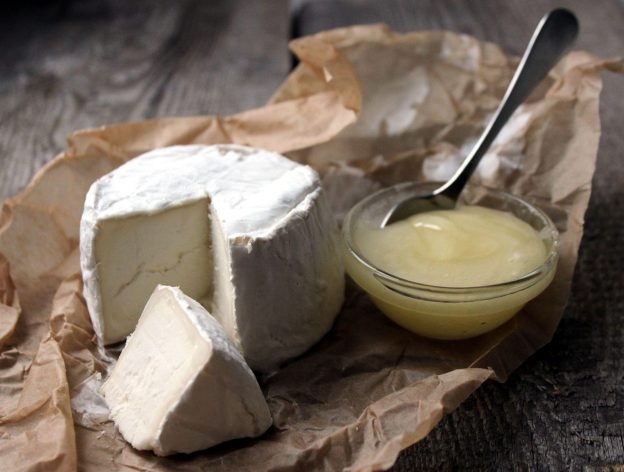What Is Rennet And The Types Of Rennet

Rennet is a complex of enzymes that plays a key role in the process of cheese making.
It is traditionally obtained from the stomach lining of butchered young calves, though it can also be sourced from the stomachs of other ruminant animals such as goats and sheep.
The primary enzyme in rennet is called chymosin or rennin.
In cheese making, rennet is used to coagulate milk, causing it to thicken and separate into curds and whey.
The curds are the solid part of the milk, which eventually becomes cheese, while the whey is the liquid that is separated from the curds.
Rennet works by breaking down a protein in milk called casein, which is normally suspended in the liquid.
When the casein proteins clump together, they form a gel-like structure, resulting in the formation of curds.
The whey is then drained or removed, leaving behind the curds that can be further processed to make various types of cheese.
In modern cheese production, microbial and vegetable-based rennet substitutes are often used as alternatives to traditional animal-derived rennet.
This allows for vegetarian and vegan cheese production and reduces the dependence on animal sources.
However, the use of animal rennet is still common in some traditional and artisanal cheese-making processes.
However there are a variety of ways to make rennet from animals or plant based sources.
Types Of Rennet
There are several types of rennet used in cheese making, including animal-based, microbial, and vegetable-based options. Here are the main types:





